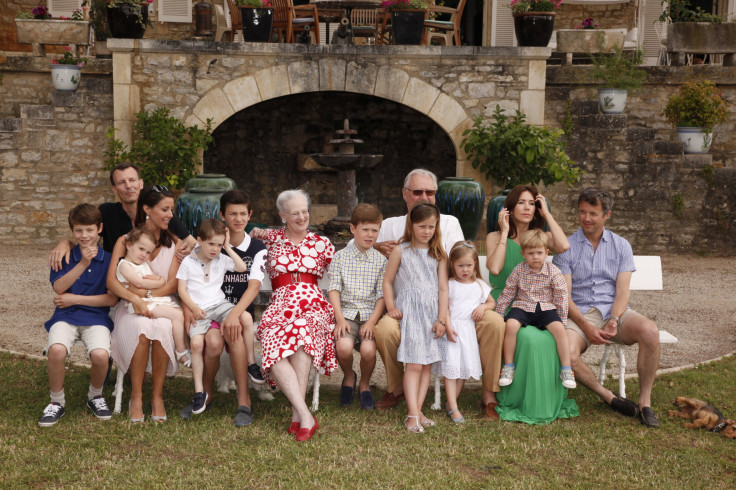Denmark Prince, Princess Allowances: Danish Royal Family Heirs May Lose Salary, Government Warns

For many children, an allowance means a few dollars a week for candy, toys or other small treat. For the Danish royal family, however, it means much more, and it could soon disappear.
The ruling Venstre government in Denmark is discussing plans to cut off the traditional allowance to some members of the royal family, local news outlet Politiken reported over the weekend. In a rare public statement, the royal Danish family said Tuesday that only Prince Christian, Crown Prince Frederik’s son, should receive an allowance.
“It is not the expectation, nor has it ever been, that anyone other than Prince Christian should have the salary when the time comes,” Royal House communications director Lene Balleby told broadcaster DR.
Ruling monarch Queen Margrethe II, 76, has two sons and eight grandchildren. Leaders from the government said they were concerned that soon the government’s funds would be paying allowances for potentially “hundreds” of royal family members.
“Simple mathematics dictate that there needs to be some sort of limit. Otherwise within a few generations there will be several hundred princes and princesses who need an annual salary. Anyone can see that that won’t fly,” Jan E. Jørgensen, a spokesman for ruling party Venstre, told Politiken.
The change to the royals’ funding would mean that the queen’s grandchildren would lose the salaries they were set to receive when they turn 18. Different parties in Parliament have taken varying stances on this issue, with some saying only the first heir should have an allowance at all, and others taking a more inclusive approach.
From 1849 to 1995, only heirs to the throne and their spouses or widows had access to government funds, but the law was changed under Prince Joachim to include his family and his now ex-wife. Many Danes have grown critical of the policy, particularly as Countess Alexandra, Joachim’s ex-wife, continues to receive 2.3 million kroner, or approximately $345,000 per year, from the Danish taxpayers.
© Copyright IBTimes 2025. All rights reserved.






















